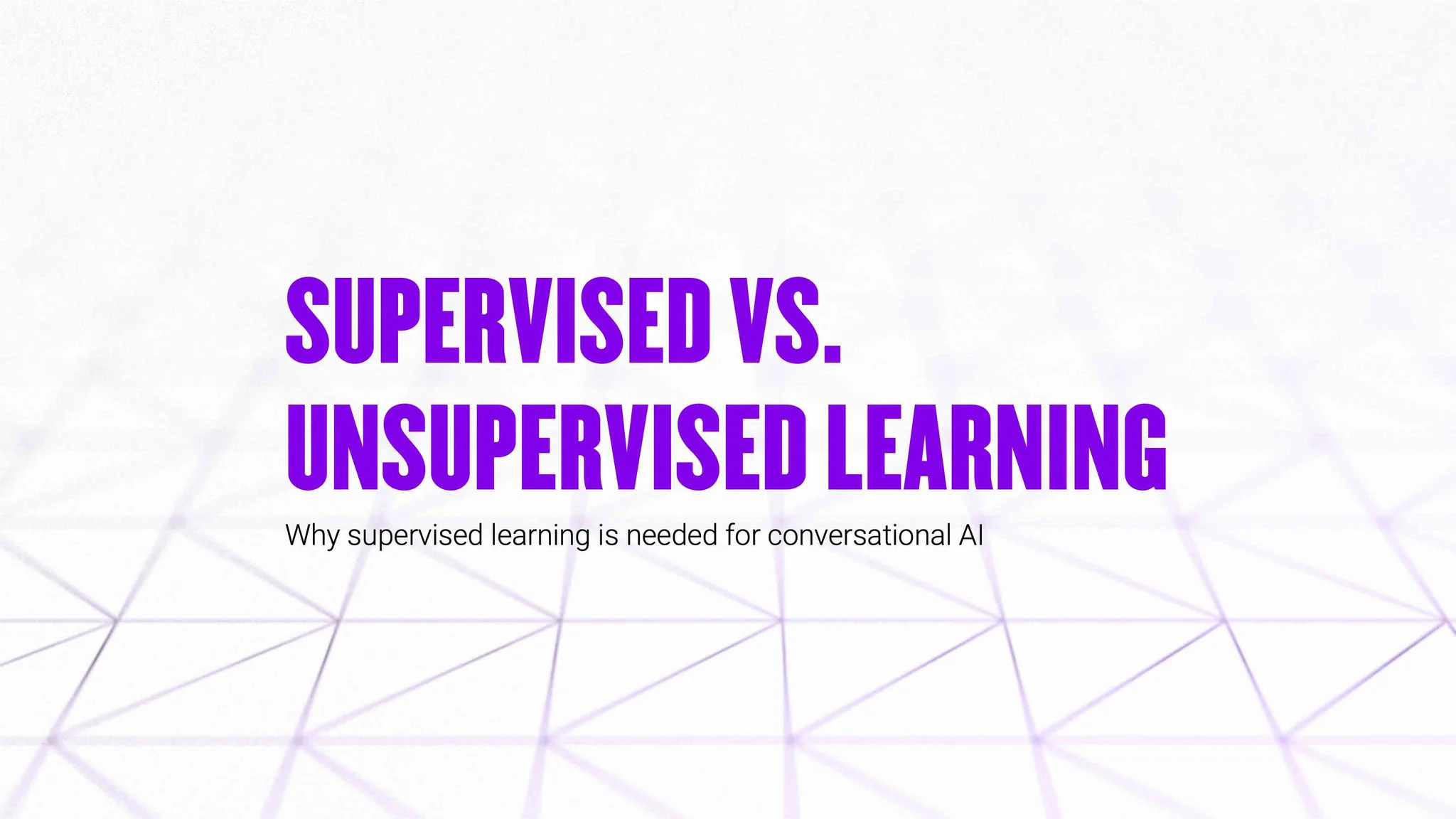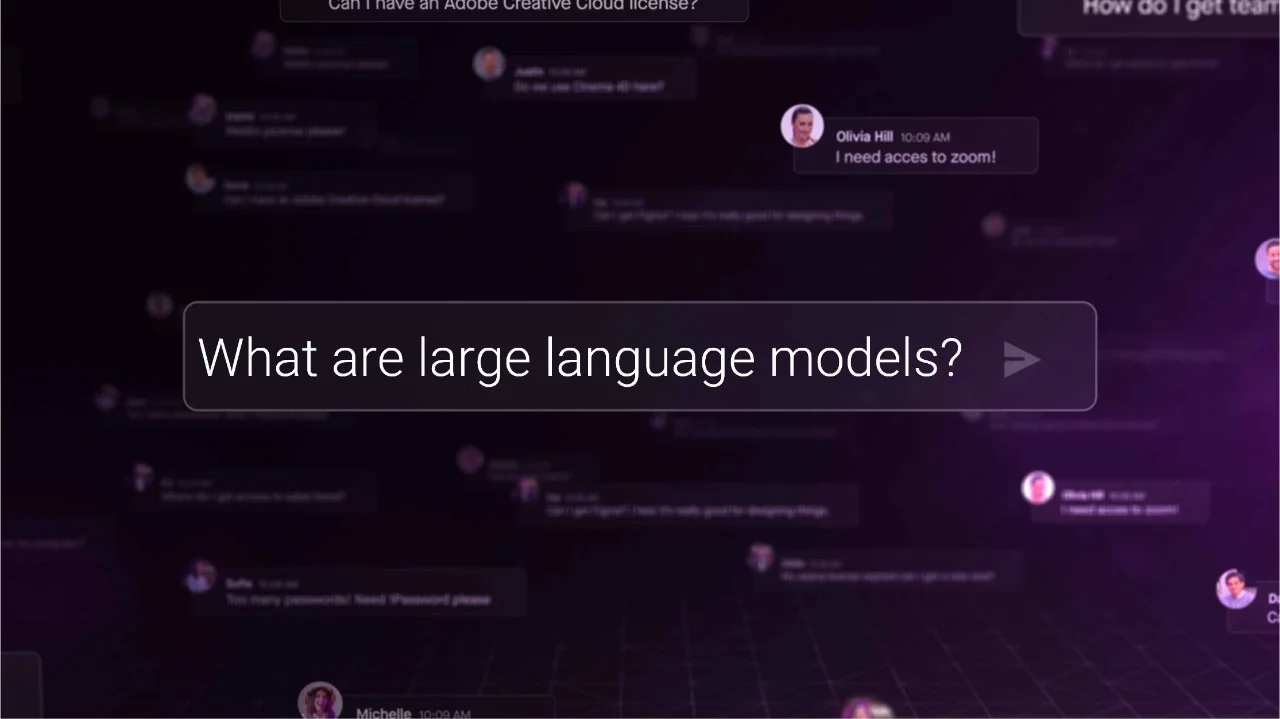- Text 1
How does stable diffusion work?
Stable diffusion is based on a type of deep learning model called a diffusion model. Diffusion models are trained on large datasets of image-text pairs to learn the relationships between images and the text used to describe them.
During training, the model starts with real images and gradually adds noise to them over multiple steps. It learns to reverse this process by removing noise to generate new images from scratch based on text prompts.
Stable diffusion uses a type of diffusion model called a de-noising diffusion probabilistic model. The model is trained to take a noisy image and predict how to denoise it to get back to the original image. This approach teaches the model robust image representations.
To generate images, stable diffusion starts with random noise and repeatedly de-noises it according to the text prompt, until a coherent image emerges. The model uses techniques like attention to focus on the most relevant parts of the text prompt when generating each part of the image. The result is a system that can create realistic and diverse images from text descriptions.
Why is stable diffusion important?
Stable diffusion represents a major advance in AI's ability to generate realistic images and art from text descriptions.
Unlike previous AI image generators, stable diffusion creates more coherent, higher-quality images across a wide range of artistic styles and subjects. It shows that AI can now perform complex, multidimensional tasks like image generation in a way that begins to rival human capabilities, and it demonstrates that AI systems are progressing beyond narrow, specialized tasks towards more flexible, general abilities.
As a result, stable diffusion has enabled new applications for AI image generation and creativity. It also raises important questions about the future societal impacts of increasingly capable AI systems.
Why does stable diffusion matter for companies?
Stable diffusion has significant implications for businesses across many industries. For example, in marketing, it allows companies to instantly generate images for ads, social media, and websites rather than hiring designers or photographers. This makes prototyping and A/B testing visuals faster and cheaper.
Stable diffusion also has applications in media and entertainment for generating illustrations, game assets, and animated content. Other industries like fashion and product design can use it to rapidly iterate on visual concepts and designs. Companies can potentially train customized versions of stable diffusion on their own data to create images tailored to their specific needs and brand.
But along with the benefits, companies must also grapple with potential risks around content biases, misuse of AI, and intellectual property. While stable diffusion demonstrates the growing ability of AI to replicate and enhance human creativity at scale, the companies that leverage it thoughtfully and ethically can save time and costs while exploring new creative possibilities.


